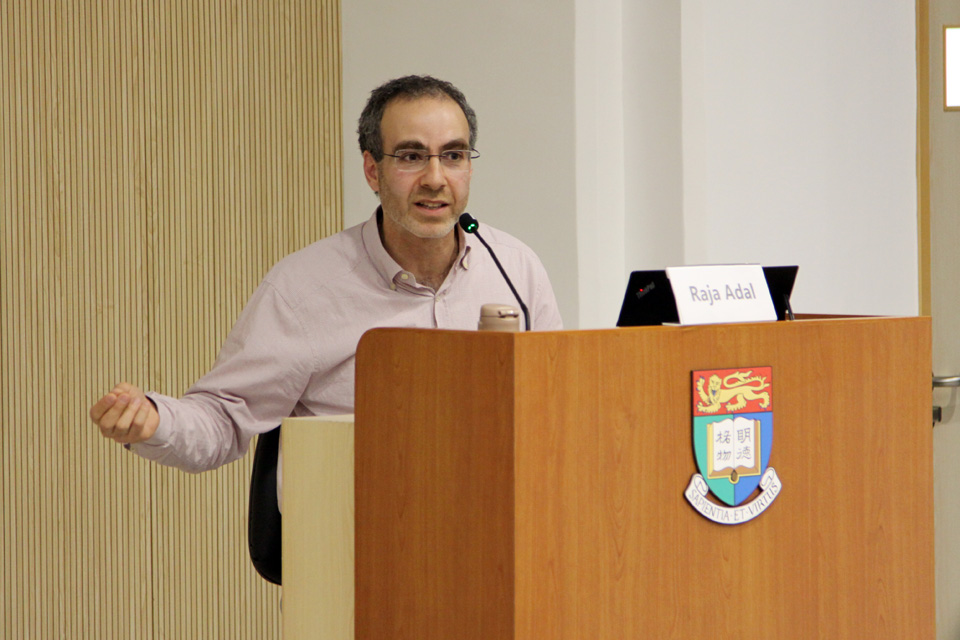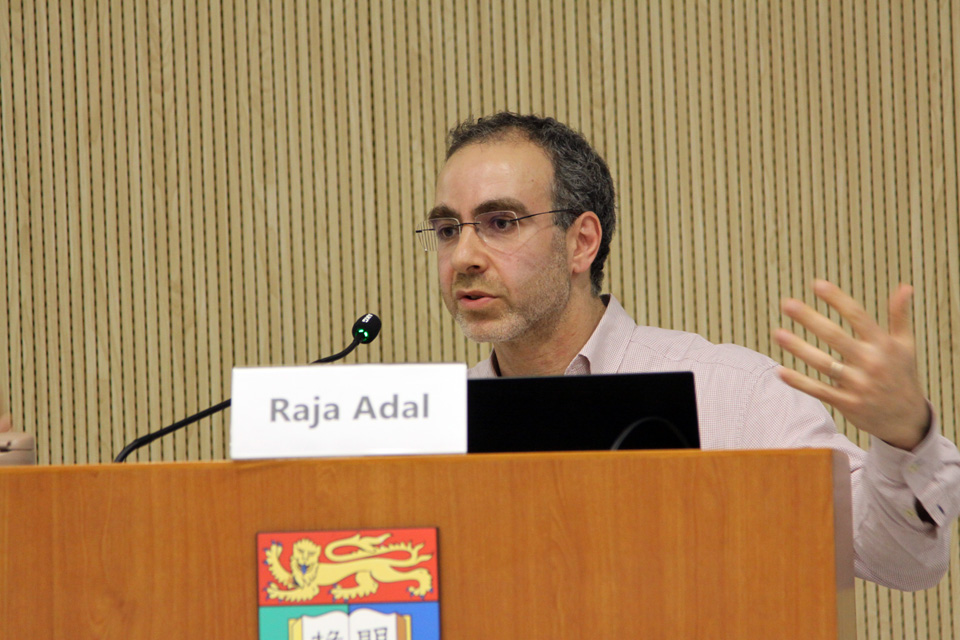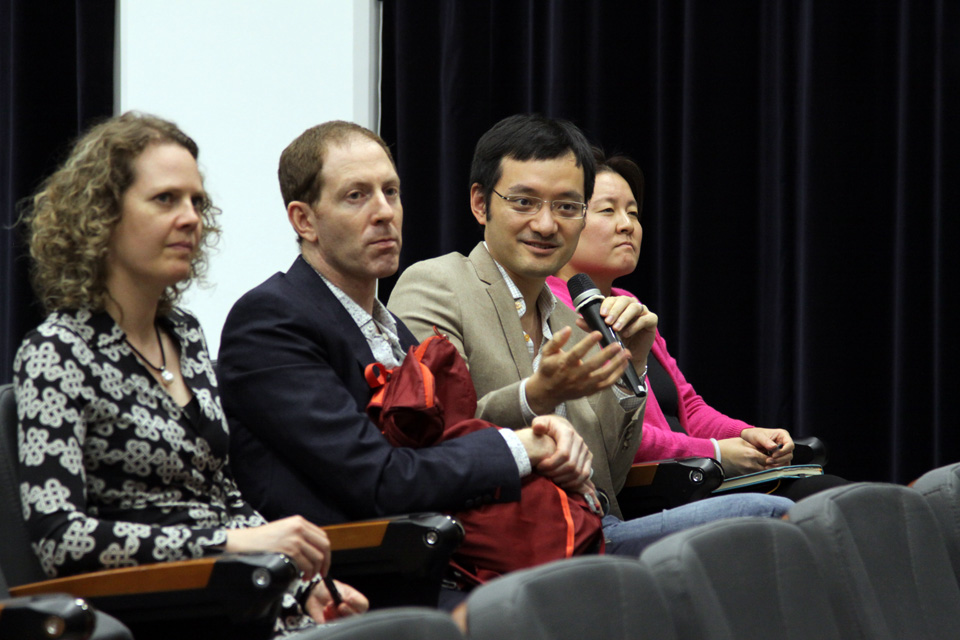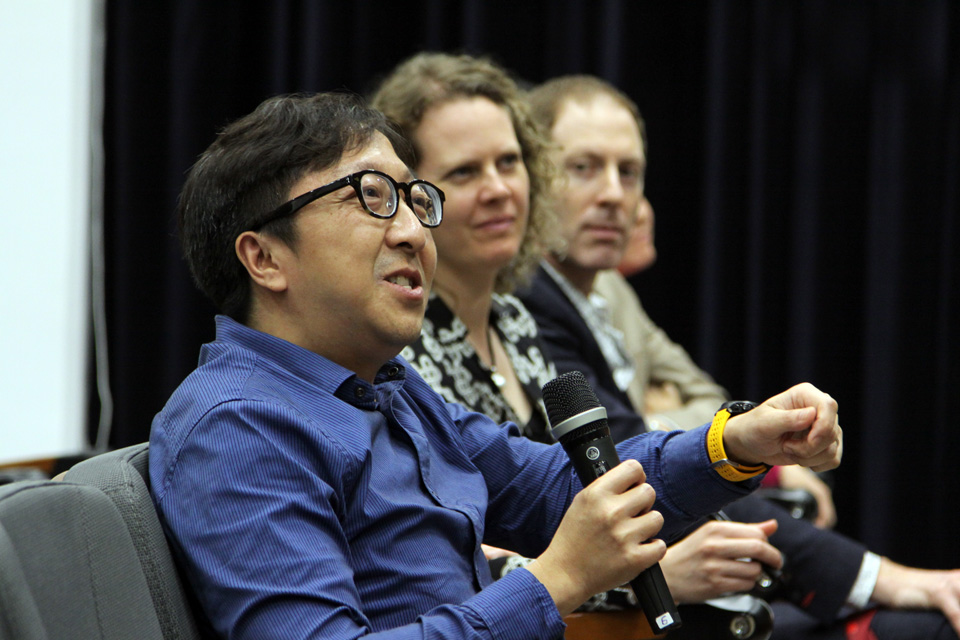- ABOUT IHSSABOUT IHSS
- PEOPLE
- NEWS & EVENTSNEWS & EVENTS
- RESEARCHRESEARCH
- FELLOWSHIPS & GRANTSFELLOWSHIPS & GRANTS
- TEACHING & LEARNINGTEACHING & LEARNING
- PUBLICATIONSPUBLICATIONS
DATE: April 1, 2019
TIME: 4:00 pm – 5:30 pm(UTC+08:00)
VENUE:Lecture Hall, G/F, May Hall, The University of Hong Kong
SPEAKER: Dr. Raja Adal
ABSTRACT: Within a few years of the first working version of the Unicode Standard in 1993, the scripts of all national languages and of 97.6 percent of the world population became writable on any Unicode-compatible device. Subsequent versions of Unicode have standardized over one-hundred scripts, opening the door to an unprecedented diversity of scripts. Yet the scripts used by the world’s languages at the beginning of the twenty-first century are very similar to those used at the beginning of the twentieth century. By the time Unicode was developed, the modern global script regime was already settled. To understand how this settlement occurred, this paper looks at the global history of working scripts in the twentieth century. It is during this period that the dependency between script and technology was born. Today, it is difficult to imagine that a script that is not supported by Unicode, and therefore cannot be typed on a standard computer or displayed by a standard browser, would be viable as the working script of a contemporary nation-state. This paper argues that the relationship between writing and technology began with the typewriter revolution of the early twentieth century. It uses the dataset of languages and scripts published by SIL Ethnologue and the archives of a large Japanese company, Mitsui Mi’ike Mine, to show how, years before the Japanese typewriter was first commercialized, demand already existed for a machine that would help transform the production, consumption, storage, and circulation of documents in modern offices. The typewriter’s ability to redistribute the labor of writing, to transform the legibility of documents and thus their consumption, and to ease the instant reproduction and circulation of documents was in particular demand in the large and complex offices of Japanese businesses and government. Yet even in those societies where material textual practices did not yet create a demand for typewriters, the growing dependence between scripts and new technologies of inscription was already becoming apparent.
ENQUIRY: (852)3917 5007/mmea@hku.hk
DATE: April 1, 2019
TIME: 4:00 pm – 5:30 pm(UTC+08:00)
VENUE:Lecture Hall, G/F, May Hall, The University of Hong Kong
SPEAKER: Dr. Raja Adal
ABSTRACT: Within a few years of the first working version of the Unicode Standard in 1993, the scripts of all national languages and of 97.6 percent of the world population became writable on any Unicode-compatible device. Subsequent versions of Unicode have standardized over one-hundred scripts, opening the door to an unprecedented diversity of scripts. Yet the scripts used by the world’s languages at the beginning of the twenty-first century are very similar to those used at the beginning of the twentieth century. By the time Unicode was developed, the modern global script regime was already settled. To understand how this settlement occurred, this paper looks at the global history of working scripts in the twentieth century. It is during this period that the dependency between script and technology was born. Today, it is difficult to imagine that a script that is not supported by Unicode, and therefore cannot be typed on a standard computer or displayed by a standard browser, would be viable as the working script of a contemporary nation-state. This paper argues that the relationship between writing and technology began with the typewriter revolution of the early twentieth century. It uses the dataset of languages and scripts published by SIL Ethnologue and the archives of a large Japanese company, Mitsui Mi’ike Mine, to show how, years before the Japanese typewriter was first commercialized, demand already existed for a machine that would help transform the production, consumption, storage, and circulation of documents in modern offices. The typewriter’s ability to redistribute the labor of writing, to transform the legibility of documents and thus their consumption, and to ease the instant reproduction and circulation of documents was in particular demand in the large and complex offices of Japanese businesses and government. Yet even in those societies where material textual practices did not yet create a demand for typewriters, the growing dependence between scripts and new technologies of inscription was already becoming apparent.
ENQUIRY: (852)3917 5007/mmea@hku.hk
Title:
The Birth of the Modern Global Script Regime: From the Typewriter to Unicode
Speaker:
Dr. Raja Adal (Assistant Professor of History, University of Pittsburgh)
Date:
April 1, 2019
Time:
4:00 pm – 5:30 pm
Venue:
Lecture Hall, G/F, May Hall, The University of Hong Kong (Map)
Language:
English
Enquiry:
(Tel) (852) 3917-5007
(Email) mmea@hku.hk
This is an event organized by the CRF Project “Making Modernity in East Asia: Technologies of Everyday Life, 19th – 21st Centuries” (RGC CRF HKU C7011-16G) and School of Modern Languages and Cultures, The University of Hong Kong.




Copyright © 2025 Hong Kong Institute for the Humanities and Social Sciences, The University of Hong Kong. All Rights Reserved.